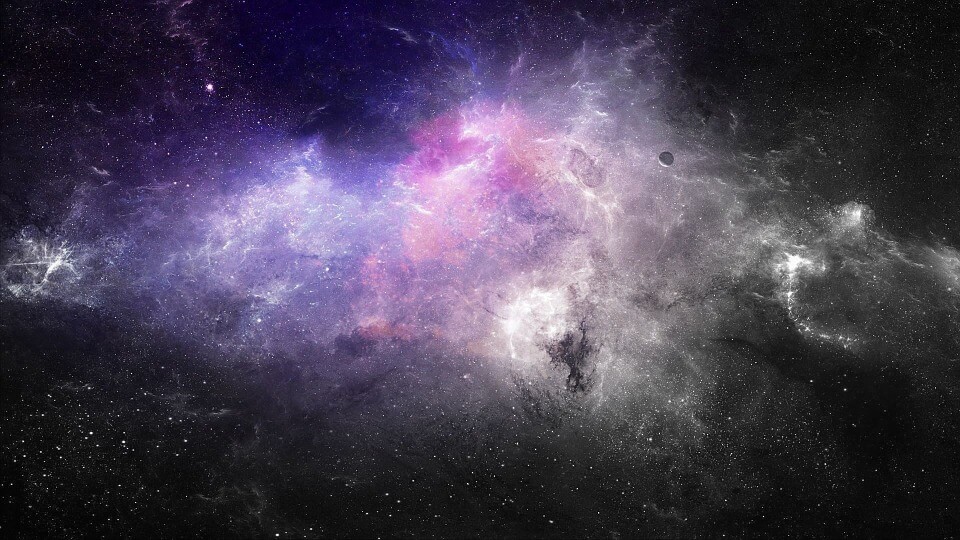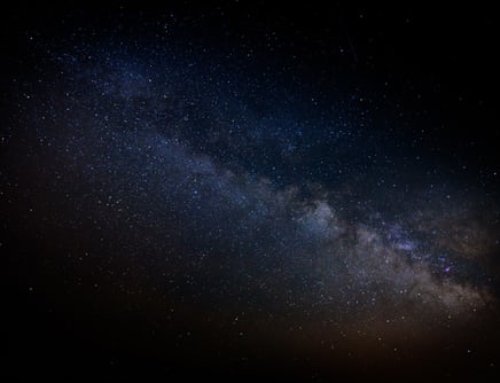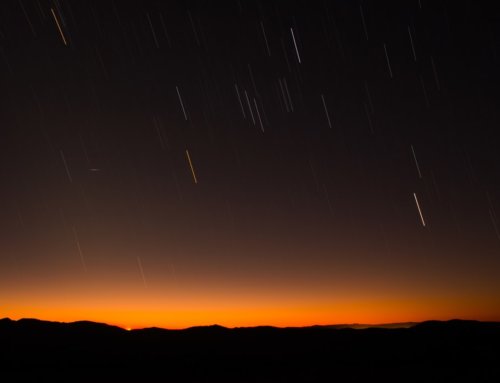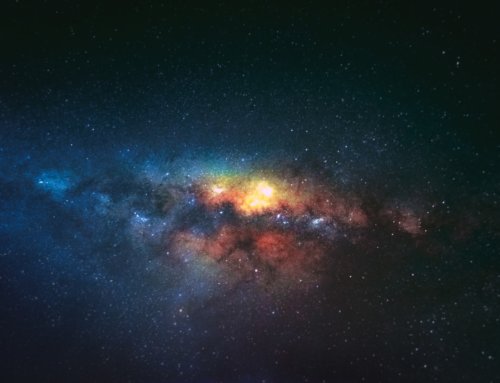Ever look up at the night sky and wonder how big this place really is? Our universe, and we’re only seeing a very small piece of it at night, is mind-bogglingly enormous!
Let’s look at some numbers to see how enormous it really is. Our sun, which seems close by as we feel it’s warmth during the day, is 93 million miles away.
Our solar system is just a tiny dot in our Milky Way galaxy. But let’s use an illustration from Bill Bryson’s book, “A Short History of Nearly Everything” to see how big our little solar system is. To envision our solar system, “Let’s assume Earth is the size of a pea, Jupiter would be over 1,000 feet away and Pluto would be a mile and a half away”. And that isn’t even the end of our solar system.
So thinking of space in terms of miles just doesn’t make any sense. Physicists and astronomers talk in terms of light years, the distance a beam of light travels in 1 year. And light travels faster than anything else known. Our star, the Sun, is one of 200 billion stars in the Milky Way galaxy, each with their own solar systems. The Milky Way galaxy is 100,000 light years across — a pretty big place! And it is just a pretty ordinary galaxy in terms of size. One of the closest stars to us, Sirius, is 8.6 light years away and is still well within our part of the Milky Way galaxy.
The closest galaxy to ours is the Andromeda galaxy and it is 2.5 million light years away, (and that’s our closest neighbor). So our galaxy is pretty ordinary in terms of size, physicists estimate most galaxies have between 200 and 400 billion stars.
And now comes the most mind-boggling part: physicists estimate that there are somewhere around 2 TRILLION galaxies!
It’s a really big place!






